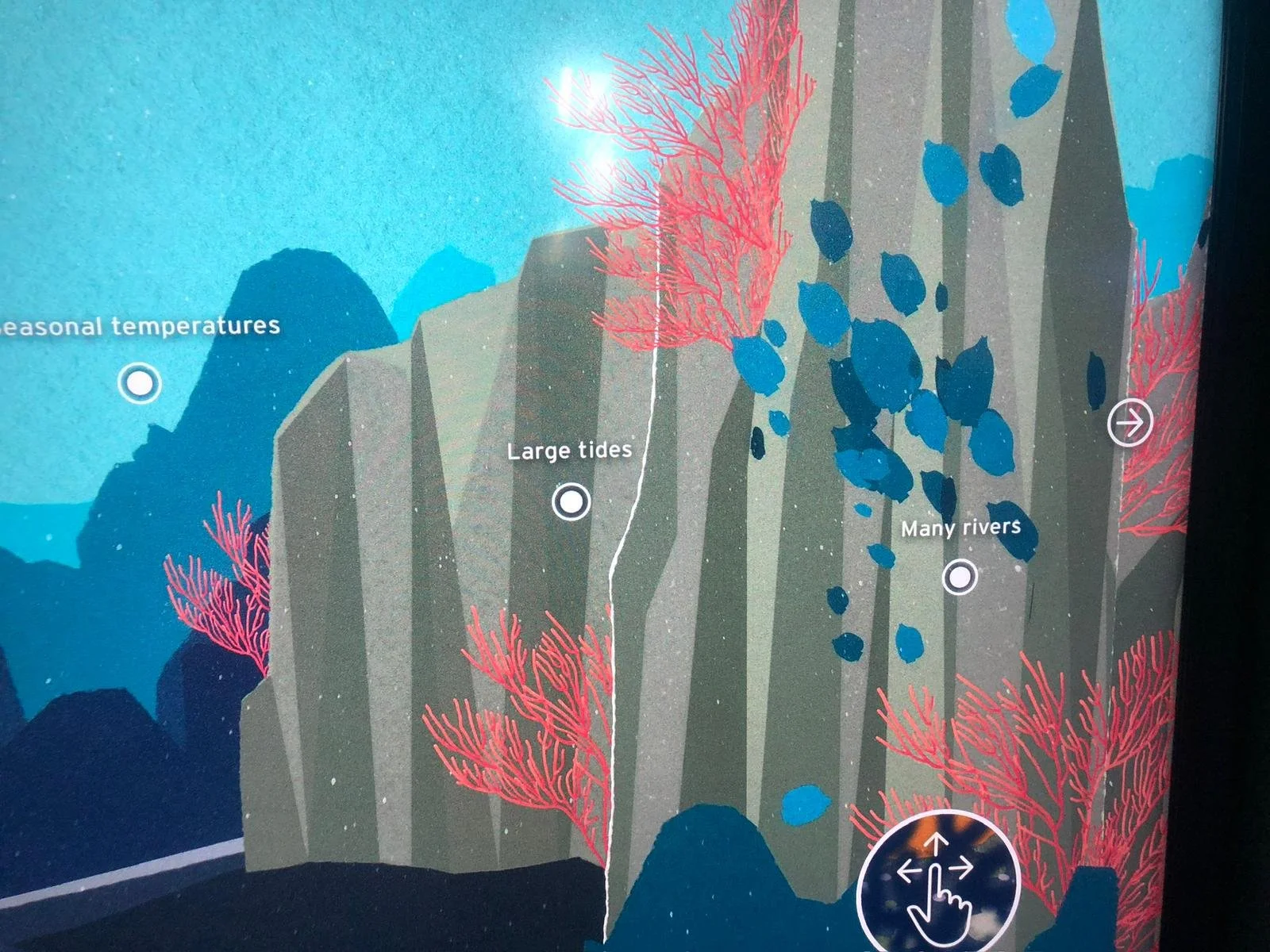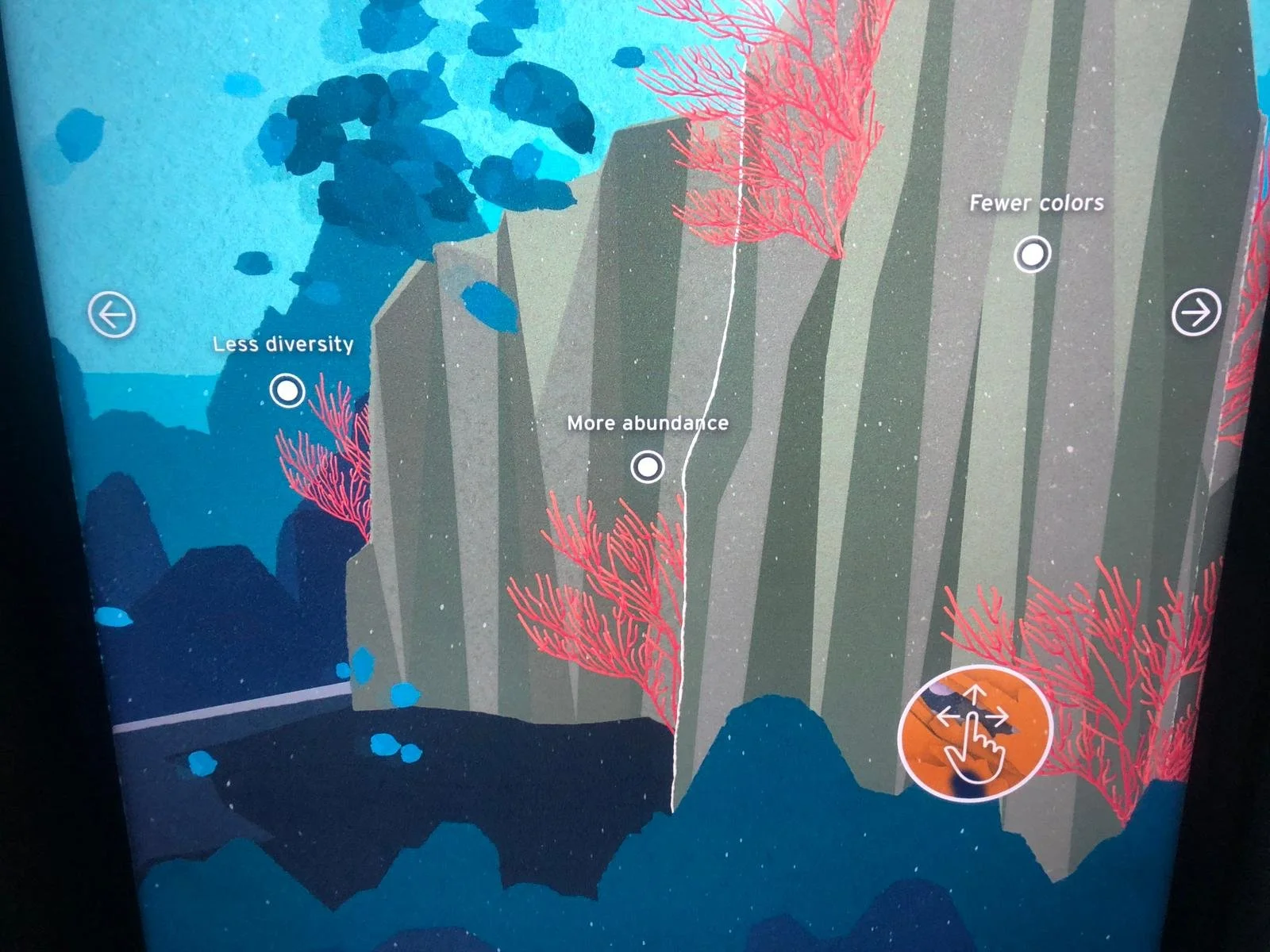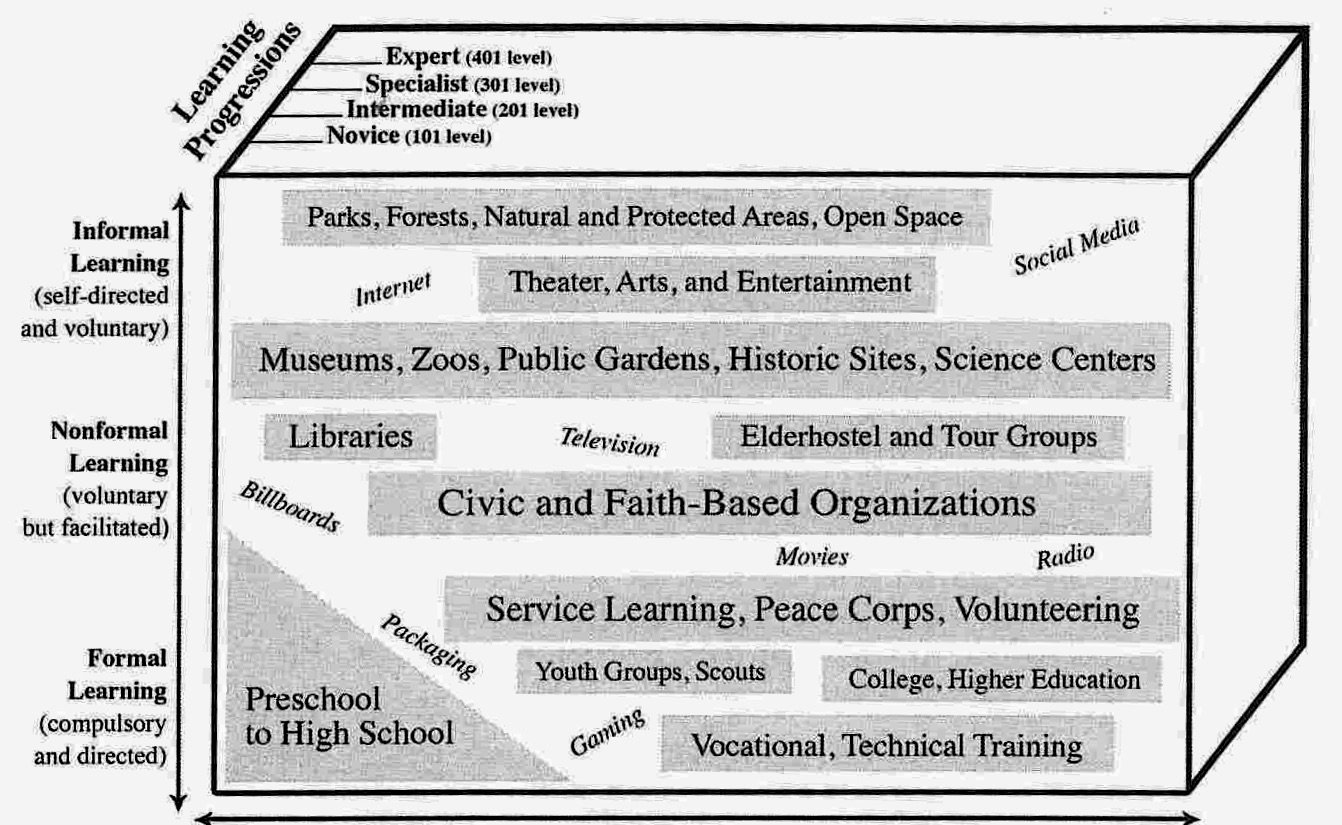In many locations where historical events are being described or where objects/specimens are being displayed that represent developments and changes over a long period of time they usually are ONLY dealing with a local person(s), industry, endeavour, culture, country or region. This would often be portrayed as a timeline. That overall focus makes sense, however presenting a broader geographic view to provide context for local citizens as well as for the visiting tourists could be extremely enlightening. This is when you could employ a comparative timeline.
When I refer to a comparative timeline, this would conventionally display events that took place from oldest to most current, along a linear path, usually from left to right, comparing two or more distinct geographic areas. The point is to makes dates come alive for visitors and connect to their mental concept map so they can go- “that was going on: at the same time as…or just before … or that happened later than … (the visitor has filled in an event they are familiar with that had been placed on the timeline in question…).
The familiar events that will form the link for your visitor, need to be chosen carefully by the interpreter and are the key to success. The choice of relevant, similar- timed events should consider having representation by radiating out in ever increasing geographic circles from the visitor centre’s origin point. Once you have a handle on who your visitors are and it is decided whether you are taking a regional, national, continental or global perspective, then you can choose. With the present multicultural mix and abundance of world travellers, one would not be remiss to err on the side of globality.
Museo de la Biodiversidad Comparitive timeline Courtesy Bill Reynolds
So, let’s take a look at how the Museo de la Biodiversidad in Panama City employed this concept (a continuation of sorts from Blog post “You Scratch my Back…” and blogpost “The Power of Maps”).
In a subterranean plaza area, there were a series of colour coded columns and the column in the image chosen is somewhat of a keystone piece in order to understand the layout of the plaza that connects to all the separate gallery doorways. There are four colours of columns and each one represents a time period that divide up 65,000 years ago then up to the present so roughly 15,000 year chunks. The panel in the image does a wonderfully graphic representation in somewhat cramped quarters showing a select few significant people/ items/events found not only in Panama through the time era but also found in the Americas and in the world so people could get a sense of what cultures existed at a similar time in history. Three timelines were shown one above the other, but they were scrunched into one column and by using this vertical format it forced the viewer to wind their gaze from up to down.
Far from ideal size and layout wise, I was reminded of the first time I ever ran into a comparative timeline back in the early 1980’s and I was “blown away.” This was at a museum in Hong Kong (Science and Industry perhaps -my mind is failing me on that specific).
I was able to match historical events that I was familiar with from the western view of history with events from the eastern point of view. Being exposed for the first time to all the “Far East” explorers and their exploits along with scientific discoveries and when they happened in relation to what was going on in the rest of the world was eye-opening to say the least. But that’s another story.
However, what was really impressive was the use of the comparative timeline. This timeline had a juxtaposition of world discoveries reflected by geographic explorations and inventions placed together on a giant flat earth perspective showing all the different continents. My recollection was it covered the gallery wall so six feet high and 20 feet long perhaps.
Black Creek living history Village Innovative timeline Courtesy Bill Reynolds
The bookshelves in the image chosen from a gallery in a living history orientation centre chose a novel way of displaying a timeline and certainly caught many people’s attention.
I have been on the lookout ever since for effective comparative timelines that help the visitor to an unfamiliar place find context and relevance to their understanding of “local” history. The visitor had to work to compare dates by going back and forth between continents versus the Panamanian case where you compare on a linear chart.
Things to keep in mind when this IS done, timelines are often too small,and done mostly with words (no images) placed above the dates so you are not drawn to them. In my examples, I hope you extract the need for:
· colourful images and close comparative proximation as in Panama case
· large scale horizontal layout as in Hong Kong case
· Experimentation (eg. using 3-D bookcase display concept) as in living historical village case
In my experience, the use of comparative timelines is an art undertaken too infrequently. Please share with us any comparative timeline displays you have witnessed in the comments section. I would like to know that they are being done with more regularity.
P.S. One of the few recurring examples that seems attractive to visitors, is a somewhat similar idea to a comparative timeline, is when large trees are cut down and one is viewing the tree rings going back hundreds of years. You can flag local, national and global events to the annual ring representing the age of the tree at a certain date to help ground people better than just using dates. Let’s aspire to go beyond tree ring 2.0.




















































































































